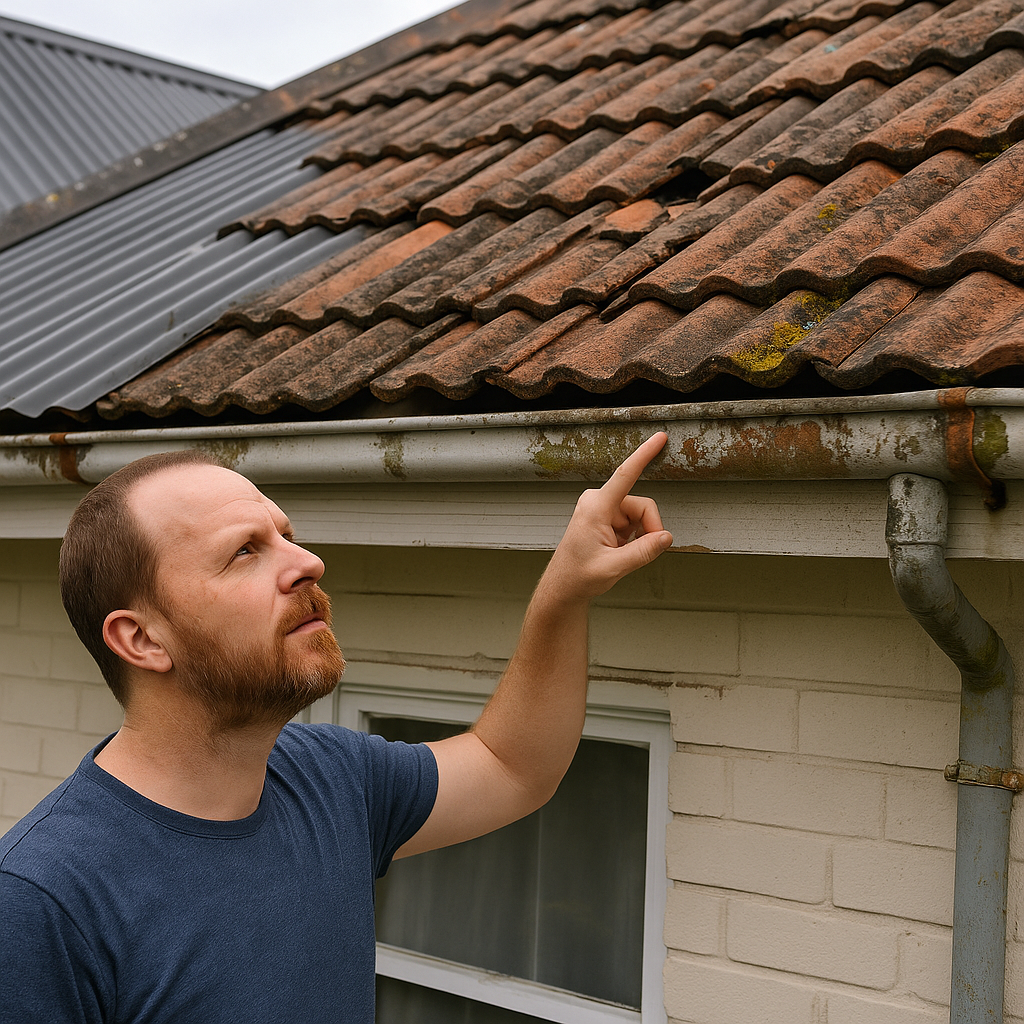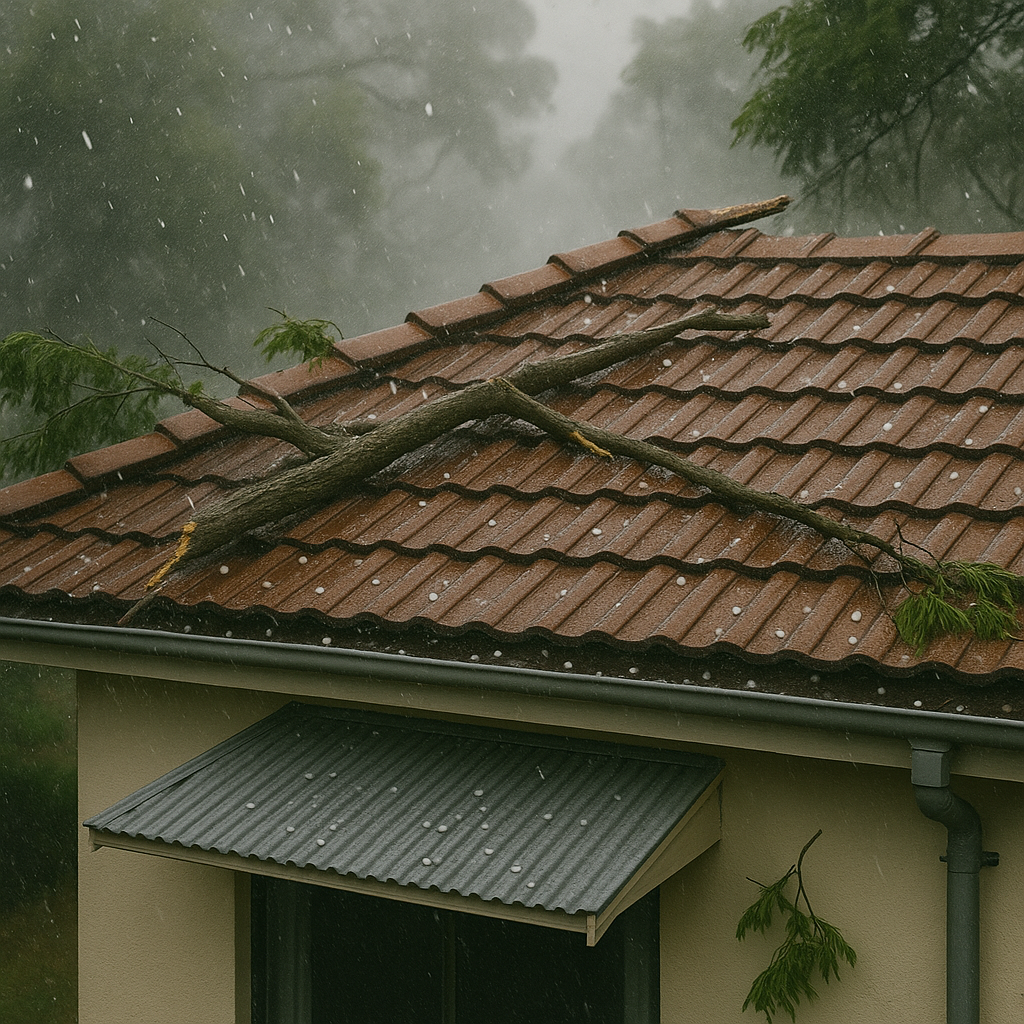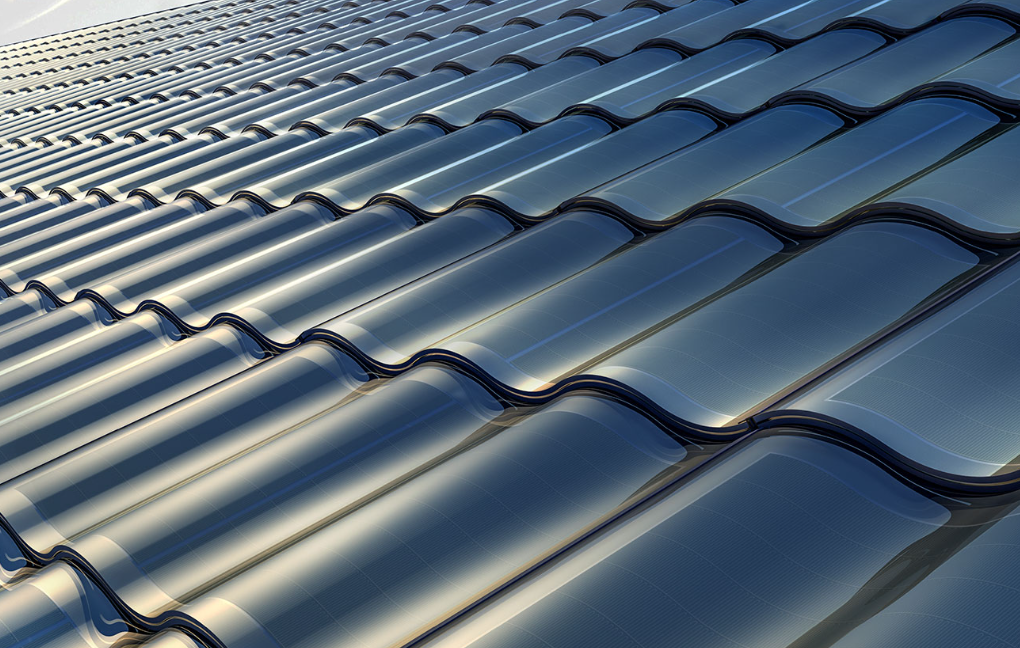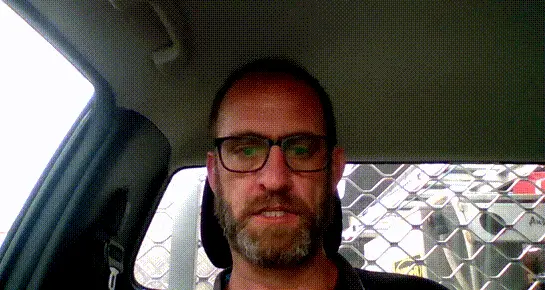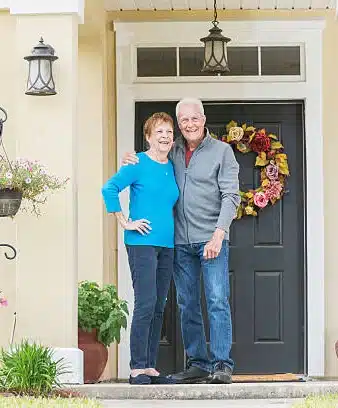
To receive your discount please fill in your details below.
It warms our hearts to see our valued HEROES being taken care off.





If roof leaks are not fixed, homeowners may face substantial difficulties that could jeopardise the structural integrity of their homes. It’s essential to find roof leaks quickly through preventive measures and repairs to avoid structural damage and guarantee the security of your home.
Finding the cause of a roof leak can be difficult, especially if there are horizontal roof boards present. Although gravity can help locate leaks, it’s important to remember that the source may be several feet away from any obvious wet spots on the ceiling or in the attic.
Even little roof leaks have the potential to result in significant property damage and expensive repairs. It’s important to hire experienced roof leak plumbers in Canberra who can not only fix cracks but also carry out routine roof inspections to evaluate the state of the roof as a whole.
Finding roof leaks can be difficult, especially if the cause is hidden. In order to assist you discover potential origins of the issue, this article seeks to familiarise you with common locations that are frequently responsible for leaks.
Numerous problems can result from a leaking roof, including:
Roof leaks might appear as stains and discolourations on the ceiling, causing plaster and paint to deteriorate.
Water damage from roof leaks can create a risk of short-circuiting and other electrical risks if there are electrical lines or appliances located on the ceiling.
Water leaks from the roof can penetrate the walls, resulting in seepage and dampness. These conditions can cause further structural damage and the growth of mould.
On the ceiling and walls, persistent roof leaks can encourage the growth of mould and algae, posing health dangers to residents such as respiratory issues, allergies, and skin irritation.
If unattended, roof leaks might eventually harm the structure’s foundation, necessitating expensive repairs and restoration work that will have a big financial impact.
In order to minimise these issues and preserve the security and welfare of your property and its residents, it is essential to remedy roof leaks as soon as possible.
At the junction of the roof and the vertical walls on some roofs, metal flashings are inserted. Water is diverted away from the intersection by these flashings. If they have been properly installed, they should cover the roof tiles and be firmly set in the mortar joints of brick walls.
At the joints, the use of improper materials like tar, roof cement, or caulk could be an indication that a leak has already been attempted to be fixed as well as possible future leak problems.
Where two roof planes converge is known as a roof valley. To ensure proper drainage in these regions, metal flashings are frequently employed. To stop water from seeping into your property, make sure the valley’s roof tiles are properly trimmed. Incorrectly trimmed tiles may allow water to enter the building rather than drain away from the roof.
When the roof runs along vertical walls, step flashings are utilised. Each row of roof tiles covers a portion of these flashings, which are positioned above the roof tiles next to the wall. If the step flashing is in good shape, check it for rust or holes and make sure that just a tiny section of it is exposed.
The major portion of the roof that is covered in tiles, shakes, or slate is referred to as the “roof field.” Leaks in the roof field of older roofs may be concealed. The levels of durability of various roofing materials vary, and some might be more prone to damage.
The roof should only be walked on with caution if it has clay, concrete, or slate tiles because these materials are brittle and can break under pressure. Check the roof field for cracks, missing colour granules, and indications of vertical knockout in standard roof tiles.
Rubber seals on newer vent flashings are sometimes problematic because they tend to degrade after 10 to 15 years. Check the rubber seal for damage or cracks. The flashing should ideally reach beneath the roof tiles, reveal its underside, and cover the tiles.
Because they require various kinds of flashing, chimneys are a frequent cause of roof leaks. Examine all four types of flashing, including the counter flashing that goes into the brick-mortar joint, for any evidence of deterioration.
Check the soldered corners for any possible cracks or holes where water could enter. Avoid using caulk for repairs and think about using Holymess Repairs for assistance.
Even if your roof is in good condition, leaks might occur when there are strong gusts and rain. Leaks in the ceiling can occur when water seeps through the roofing material. Metal valleys with properly hemmed sides can aid in channelling the water down the valley. Applying roofing cement under roof tiles that are exposed to the wind might also add protection.
In regions with a lot of snowfall, ice dams can prevent the water from flowing naturally, which might result in leaks. Even though it might not completely stop ice accumulation, installing ice dam membranes underneath the roofing can assist prevent water seepage into the structure.
Similar to vent flashings, a metal storm collar is frequently used with furnace flashing. Roof leaks may arise from the storm collar becoming loose, so check for this.
Keep in mind that not all leaks are brought on by problems with the roof. For instance, attic condensation can moisten the sheathing and ceiling by imitating roof leaks. Before concluding that a leak is coming from the roof, be sure to thoroughly investigate and take into account all other possible sources of leaks.
The structure of your house and the security of your family are both at risk from a leaky roof. It is essential to enlist the aid of professionals from Holymess Repairs to handle all plumbing problems and to carry out routine inspections to guarantee the health of your roof.
Its team of expert roof plumbers in Canberra will offer practical solutions and guarantee that your roof is maintained and repaired in accordance with industry standards.
